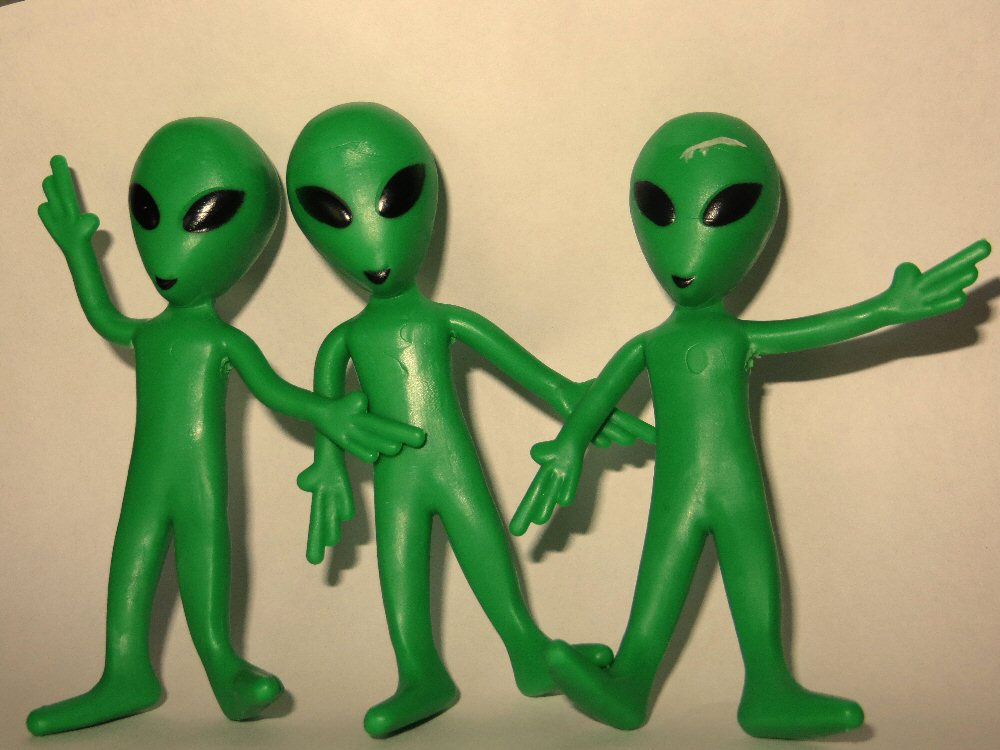In April of 2036, the denizens of a star system located in the Cassiopeia constellation will be greeted by a strange visitor. The visitor may be unlike anything these extraterrestrials have ever encountered before, or perhaps it will seem all too familiar. The visitor will call itself Ella and declare that it comes in peace as an ambassador of a planet called Earth.
Ella is a chatbot created in 2000 by Kevin Copple, a programmer based in China, as an experiment in natural language processing (NLP) for artificial intelligence. NLP is the science of teaching a machine to understand human language and then respond in such a way that also sounds natural to a meatbag. Due to the incredible complexity and nuance of human languages, however, this is no small task—which is part of what made Ella’s abilities so amazing at the time.
Videos by VICE
In many ways, Ella is just a more sophisticated version of ELIZA, the first chatbot developed by MIT in 1966. ELIZA used a pattern matching program (basically choosing one word from the input and matching it to a pre-written phrase) to give the illusion of understanding the conversation.
Ella, on the other hand, runs on a mishmash of open source chatbot algorithms, which are coupled with a huge database of jokes, trivia, games and words, all of which help Ella seem intelligent and personable to the human user. Indeed, according to her website, Ella enjoys “dealing Atlantic City style Blackjack, spinning her Slot Machine and telling I Ching fortunes.” But you don’t have to take my word for it—you can ask her yourself.
Today, chatbots are much more sophisticated and are capable of learning in real time. A good example is Microsoft’s ill-fated Tay, which was released onto Twitter and quickly turned into a white supremacist. Although Ella may not a candle to these neural net-backed AI of today, she has bravely gone where no other AI has ventured: outer space.
After winning the Loebner prize in 2002 for the most humanoid chatbot, Ella was selected to be a part of the second Cosmic Call transmission, a series of messages sent into the cosmos by the Russian SETI scientist Alexander Zaitsev. The first Cosmic Call transmissions were sent from the Yevpatoria radio telescope in the Ukraine in 1999 to four stars between 52 and 70 light years from Earth and contained a handful of messages contributed by various scientists and the public.
Four years later, on July 6, 2003, the Cosmic Call project was renewed and a second set of messages, containing an Interstellar Rosetta Stone and Bilingual Image Glossary, was sent to five stellar destinations between 33 and 46 light years from Earth. The first of these messages will arrive at Hip 4872, a star in the Cassiopeia constellation nineteen years from now, but unlike the other messages, this transmission will be carrying Astrobot Ella along for the ride.
Ella’s algorithm was encoded into modulated radio waves and she rides these radio waves some 16 billion miles every day, traversing interstellar space at the speed of light. At the time of this writing, she has already traveled well over 80 trillion miles from Earth. According to Copple, Ella is a valuable crew member on the Cosmic Call mission thanks to her large database of words, images and source code, all of which could help extraterrestrials decode the rest of the message once they pick up the signal on their own radio telescopes. Sending messages to extraterrestrials is still highly controversial in the SETI community. But Copple hopes Ella’s personality will be enough to assuage SETI scientists’ fears, noting that “once activated by the recipients, Ella will be her usual charming self to ensure a friendly response.”




